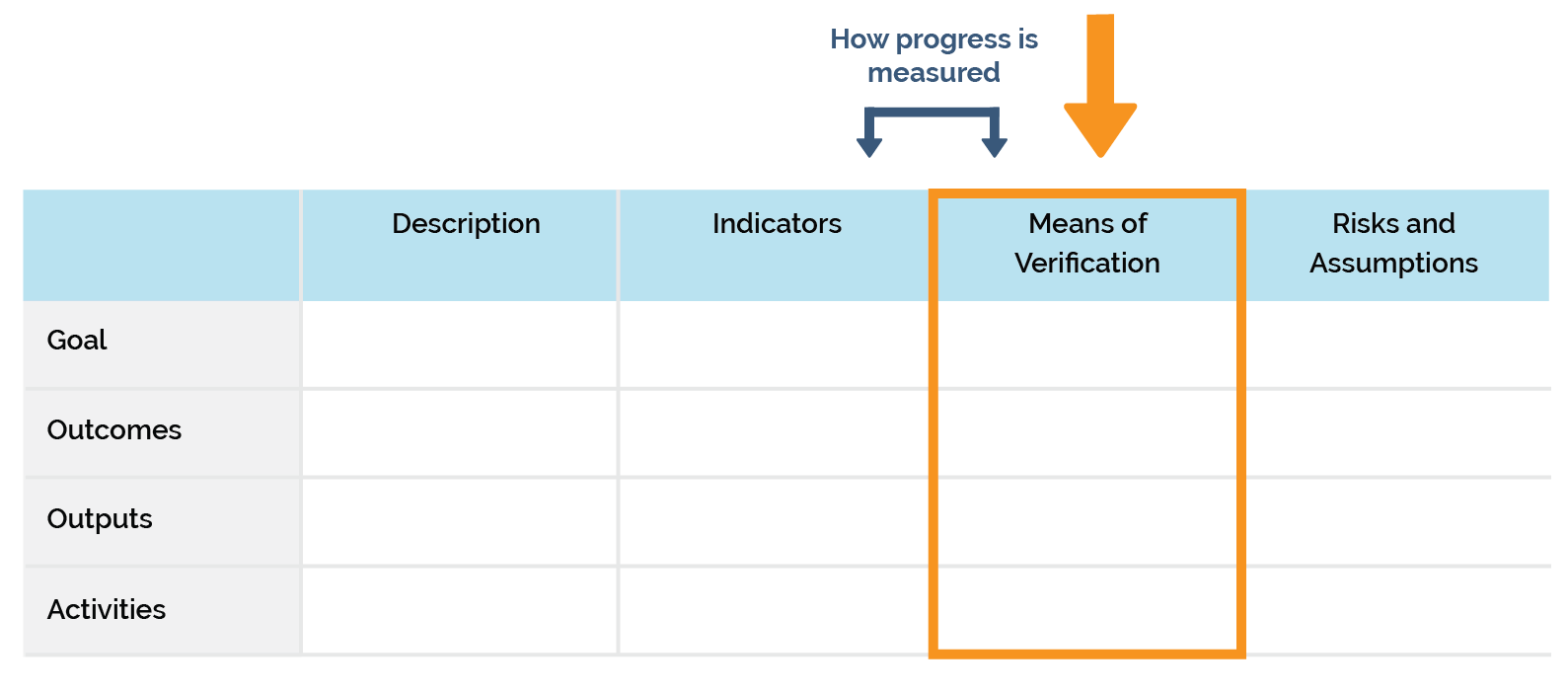Means of Verification are the tools used and processes followed to collect the data necessary to measure progress. The data collected may be quantitative or qualitative. Qualitative data is more open-ended and often collected through interviews, focus groups and other qualitative data collection methods. Quantitative data is used to answer questions such as, how many, how often, what proportion, and how much, and is largely collected through surveys.
Data collection methods may be structured, semi-structured or non-structured.
Advantages and Disadvantages of the Main Data Collection Methods in the Context of P/CVE:
| Advantages in a PVE context | Disadvantages in a PVE context | |
|---|---|---|
| Surveys A method to collect information and insights on a topic, often through paper or digital questionnaires. |
|
|
| Focus Group Discussions A group of participants, usually from a similar background (age, gender, profession, etc), are asked about their attitudes towards a project or topic. Focus groups discussions are carefully facilitated by a third party and usually consist of 6 to 10 participants. |
|
|
| Key Informant Interviews A one-to-one interview; can be structured, semi-structured, or unstructured. Interviewees may include government officials, NGO staff, private sector representatives, religious leaders, academics, etc. |
|
|
| Observation Two types of observation: 1) Non-participant observation is a method in which the observer has no direct contact with the subject. 2) Participant observation takes place when an observer engages directly with the subject of their observations (e.g. joining a population or organization) and participates in the activities that are being studied. |
|
|
* The information in the table above is extracted from: International Alert/UNDP's Countering Violent Extremism and Risk Reduction: A Guide to Program Design and Evaluation (look at page 110 for more information on specific types of surveys and participatory data collection methods); IMPACT Europe: An Evaluation Toolkit for professionals working in the counter violent extremism field; and “Designing for Results: Integrating Monitoring and Evaluation in Conflict Transformation Programs” (page 207-209) for advantages and disadvantages for additional data collection methods.
